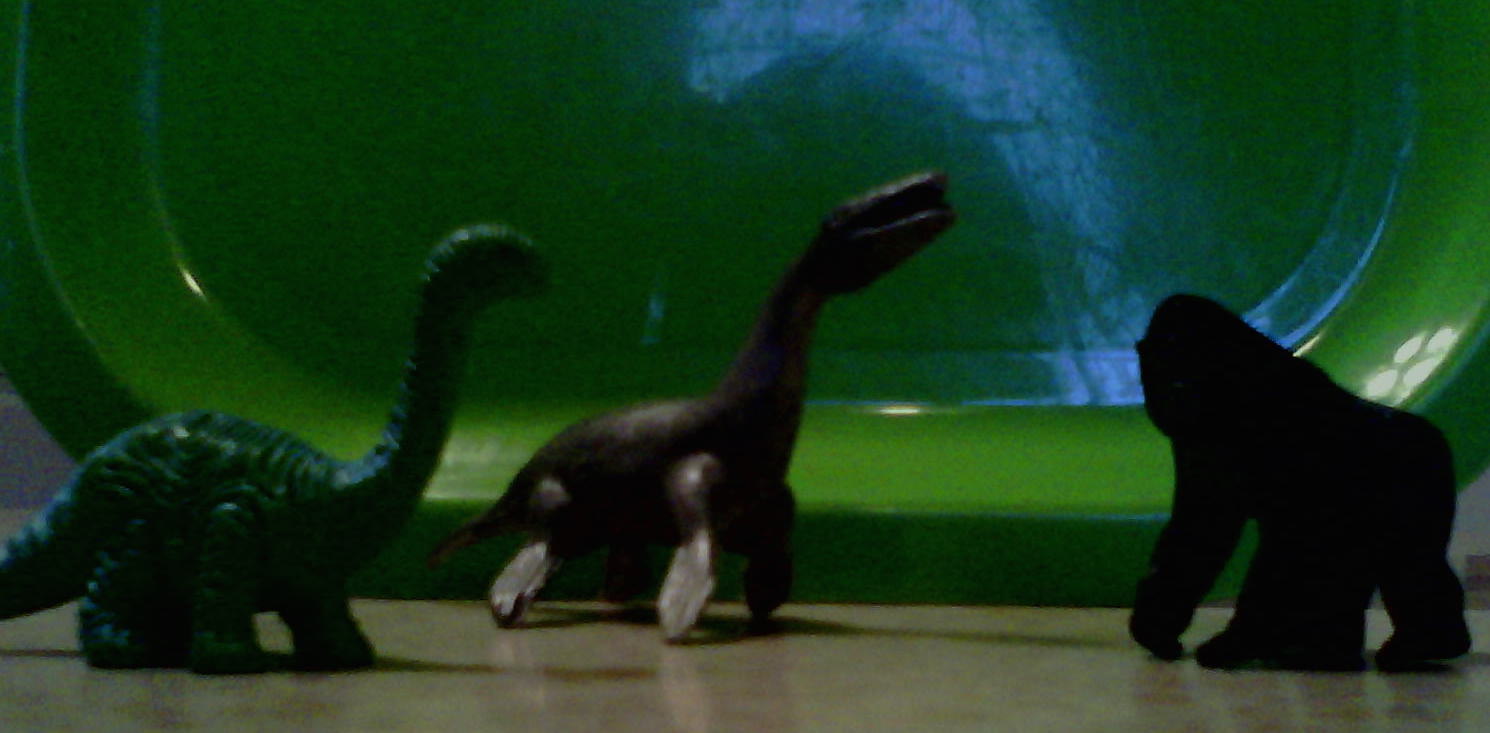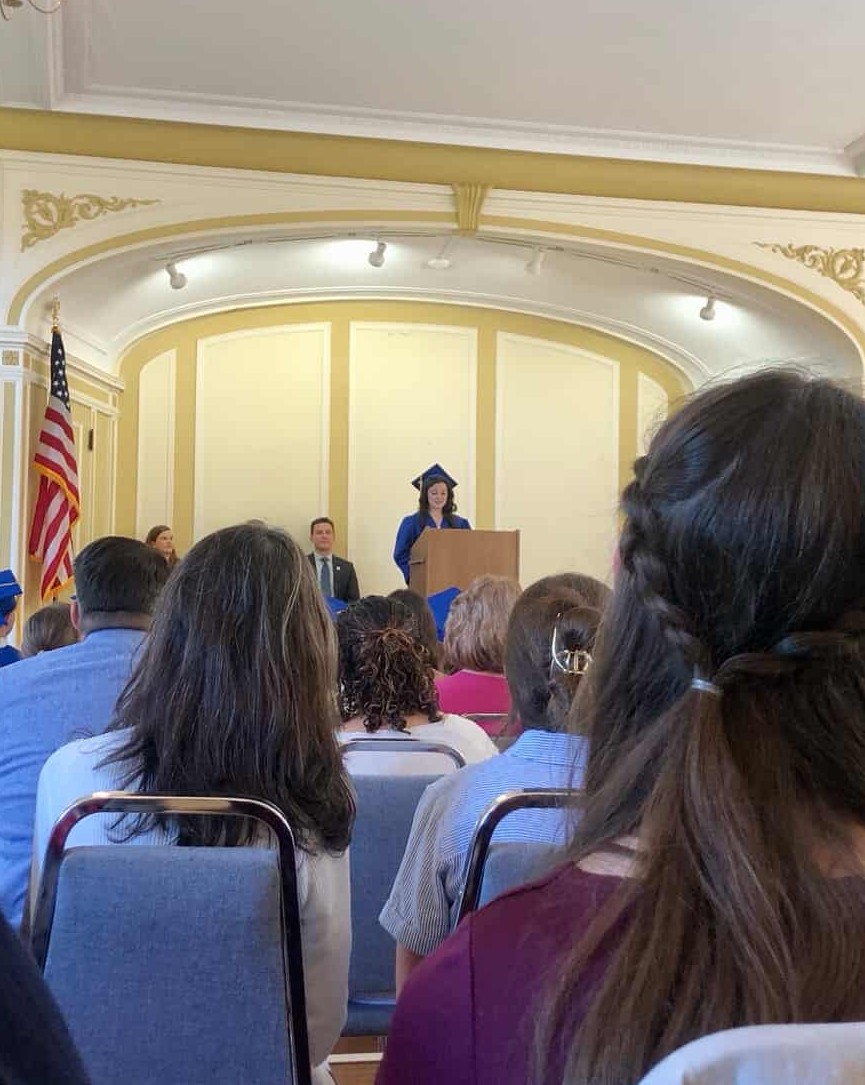OPINION: Cryptozoology vs. Ultra-Skepticism: The Real Pseudoscience
September 20, 2017
The Loch Ness Monster. Bigfoot. Sea serpents. Mokele mbembe.
All these creatures, and many others, have been reported throughout the world. Some have been talked of since antiquity. Others have first been seen very recently. The sightings of some have been reported with great frequency, while many are based on only a single account. Despite all these differences, however, there is one thing that each and every one of these purported animals share: the scientific community, as a whole, regards them as false.
These are cryptids, the objects of investigation of cryptozoology. Cryptozoology is the study of animals that have been reported but are as of yet unconfirmed.
Few scientists are interested in cryptozoology. Many of them are afraid that it will damage their reputations and derail their careers. If they become involved in it, they think, they will become the objects of scorn and ridicule, and no one will ever seriously listen to anything they say again. These fears are not entirely groundless. The scientific community in general has a low opinion of cryptozoology. It is often labeled as pseudoscience, and those who study it are called delusional.
The approach of many of the leading scientists is what could be termed Ultra-Skepticism. Under this worldview, anything that does not fit the predetermined definition of what is natural is automatically discounted. All evidence in favor of the item in question is rejected. This includes virtually all cryptids, but encompasses other subjects of study as well, such as UFOs. The public also tends to view cryptozoology with a somewhat critical eye. That is not to say that the entire public, to a man, thinks poorly of it; there is a large number of individual people who believe in cryptids. As a rule, though, the public opinion is unfavorable. Most people believe what the scientists tell them, and the majority of scientists are saying cryptozoology is pseudoscientific.
In many cases, the widespread disbelief in cryptids is probably justified; many, probably most, of the cryptids based on one time sightings are, in all likelihood, nothing unusual. Even so, this is not a good reason to discount the whole field of study as unscientific nonsense. The right thing to do would still be to investigate the evidence and find out for sure what is really happening. That is what science is all about: discovering the truth. Even if all cryptids were ordinary animals, it would still be perfectly scientific and worthwhile to look into the matter and prove as much. As it is, the lack of evidence against some cryptids is somewhat misrepresented.
Some cryptids do, in fact, despite assertions to the contrary, have evidence in their favor which, if not positive proof of anything, is still very compelling. The Loch Ness Monster is, perhaps, the best example of this. When the Loch Ness Investigation Bureau, or LNIB, conducted a search of the Loch during the late 60s and early 70s, it brought to light some fascinating material. One convincing piece of footage that was taken by engineer Tim Dinsdale shortly before the official investigation got underway, when viewed by the Joint Air Reconnaissance Intelligence Centre, the film analysis department of the British Air Force, was declared to represent a large and probably animate creature. As scientist Roy Mackal said,
“Here was filmed evidence, viewed by experts, with a firmly if cautiously stated conclusion. These experts were working in the tradition of photo interpreters who repeatedly saved the Free World from peril during World War II. The Battle of Britain (film was in there ahead of radar), the Bismarck episode, the analysis of the heavy-water sites in Scandinavia, the discovery of the V-bomb sites in Western Europe – these occur as examples. And yet, if one simply would not believe large animals existed in Loch Ness, one could not even believe some of the world’s most expert interpreters of photography.” [Mackal, Roy P. The Monsters of Loch Ness, p 16.]
This film, however, was far from the most compelling piece of evidence offered. The LNIB also managed to record sonar contacts of large animals swimming about in the depths of the lake. The sonar showed that the creatures were extremely fast, capable of speeds reaching 17 miles an hour, and that they also could dive rapidly. This meant that the suggestions which have since been raised of their being schools of fish swimming tightly together are untenable, as the animals in question would have to possess open swim bladders, and the kinds of fish that swim in such groups have closed swim bladders. In addition to this, recordings were made of unidentified animals communicating with each other beneath the surface. All this evidence, when taken together, is certainly suggestive of the presence of large creatures in Loch Ness. It may not necessarily be enough to prove it, but it is still very interesting.
Thus, it can be seen that cryptozoology is not pseudoscience. Many of the cryptids are unlikely to actually exist, but nevertheless, it is not pseudoscience. It is a perfectly legitimate branch of science, and it deserves recognition as such. Now that that question has been answered, however, another arises. If cryptozoology is not pseudoscience, what of Ultra-Skepticism, its archrival? Could that be pseudoscience?
The purpose of science is to find out the truth. This is not the purpose of Ultra-Skepticism. It seeks to hide the truth. Reports of anything that do not fit the mold of what should be “normal” are a priori rejected. All unusual phenomena are not, in the minds of Ultra-Skeptics, fascinating possibilities which warrant thorough investigation. They are threats which must be stamped out, false ideas which must be thwarted. The Ultra-Skeptics have such establishments as the Committee for Skeptical Inquiry, as opposed, apparently, to open minded, unbiased inquiry. The sheer determination of the Ultra-Skeptics to disprove what they consider to be abnormal sometimes lead to near contradictions, as can be seen by again looking at the Loch Ness Monster. On the one hand, they say that the sonar contacts must be schools of fish. On the other hand, they say that there is almost nothing in Loch Ness for any large animals to eat. This is trying to have it both ways, which obviously cannot be. As things stand, it is actually neither way; it has already been demonstrated that the sonar contacts could not be schools of fish, and actual studies into the food supply in Loch Ness show that there is plenty of food to supply a small population of large predators.
Given this serious contrast between the aim of science and the goal of Ultra-Skepticism, the answer to the question is easy. Ultra-Skepticism is pseudoscience. All scientists should strive to separate themselves from it. It is Ultra-Skepticism, and not cryptozoology, which should make scientists feel as if they are being unscientific, because, of the two, that is the one which really is, at the end of the day, unscientific. Whether or not anyone believes in cryptids, it is hard to objectively deny the reality of this. Cryptozoology, so long as the proper principles are applied to its investigation, is the epitome of science, the search for the truth concerning the unknown. Ultra-Skepticism, conversely speaking, is the antithesis of science, an attempt to stifle knowledge and destroy the quest for truth. This is the truth of the matter; let us hope that all researchers will come to recognize this, and distance themselves from Ultra-Skepticism and its corrosive influence on science.






